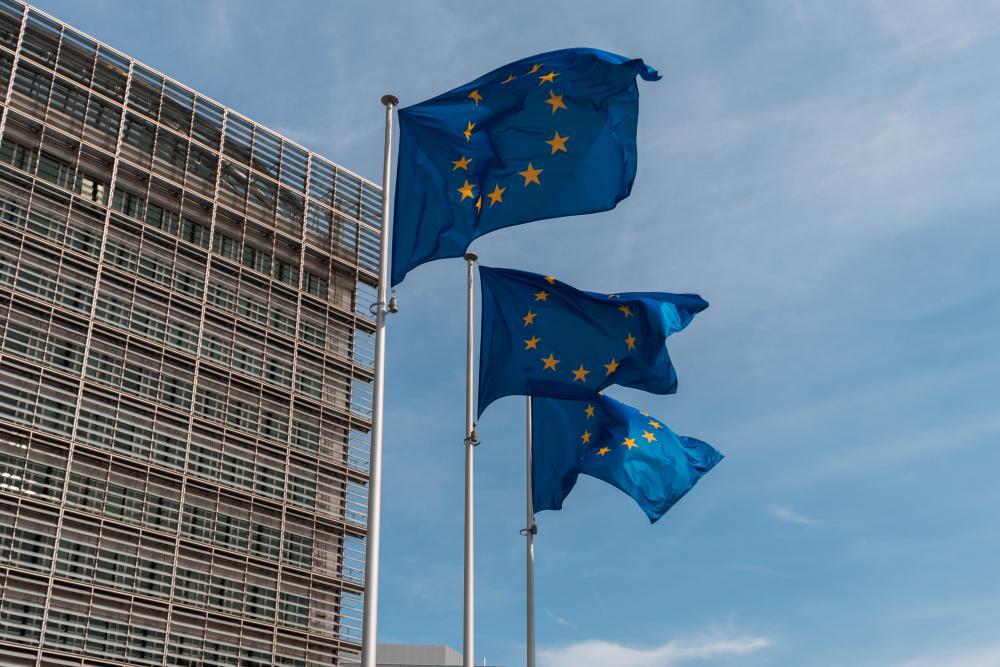On 11 May the European Commission published its Report to the European Parliament and the Council on the implementation of the Victims' Rights Directive (2012/29/EU). The Directive lays down a set of rights for victims of crime and corresponding obligations of Member States. It is the cornerstone of the EU victims’ rights policy and it is also the first binding EU legislation on restorative justice as well, being the first EU instrument mentioning restorative justice (instead of mediation). The Victims’ Directive introduces restorative justice mainly through recital 46, article 2.1.d, article 4j (right to receive information from the first contact with a competent authority), and article 12 (right to safeguards in the context of restorative justice services).
It is equally important to mention the training provisions of the Victims' Directive (article 25) that states that restorative justice practitioners should receive training tailored towards observing professional standards to ensure that restorative justice services are provided in an impartial, respectful and professional manner. To know more about the regulation of restorative justice in the Victims’ Directive and on opportunities and challenges see the European Forum for Restorative Justice (EFRJ) Briefing Paper and the EFRJ Report on the results of a survey launched in 2017.
The Report from the European Commission assesses the extent to which Member States have taken the necessary measures in order to comply with the Directive and focuses on its core provisions:
- scope and definitions;
- access to information;
- procedural rights;
- access to support services;
- restorative justice; and
- right to protection.
With regard to the regulation on restorative the Directive does not oblige Member States to introduce restorative justice services. However, twenty four Member States provide for such services. As for the Report, a large number of these Member States have failed to transpose completely one or more of the minimum conditions for restorative justice set out in Article 12(1). Examples of incomplete or incorrect transposition include a lack of the obligation that victims give “informed” consent to participate in the process or a lack of guarantee to inform the victims on the potential outcomes of the process. On facilitating the referral of cases to restorative justice services [Article 12(2)], a few Member States were found to have no specific measures in place. Moreover, the compliance with the transposition of the definition of restorative justice (art. 2) was found lacking in a few Member States.
The Report raises numerous concerns on the practical implementation of the Directive due to incomplete and/or incorrect transposition, but concludes that the provisions related to restorative justice seem to be less problematic.
This Report came out during the he European Commission’s work on a new Strategy on Victims’ Rights (the adoption is planned by June 2020). The EFRJ gave its contribution by submitting to the European Commission its feedback on the potentials of restorative justice in addressing victims’ rights. In its roadmap the European Commission identified five priorities of the new Strategy including:
- empowering victims of crime,
- strengthening cooperation and coordination,
- improving protection and support of the most vulnerable victims,
- facilitating victims’ access to compensation and the
- international dimension of victims’ rights.
It also states that special attention will be paid to the most vulnerable victims (such as victims of gender-based violence, child victims or victims of terrorism). In its feedback, the EFRJ focuses the attention on the contribution that restorative justice can give to the above mentioned priorities. The EFRJ feedback can be download from the European Commission’s website, here.


